News
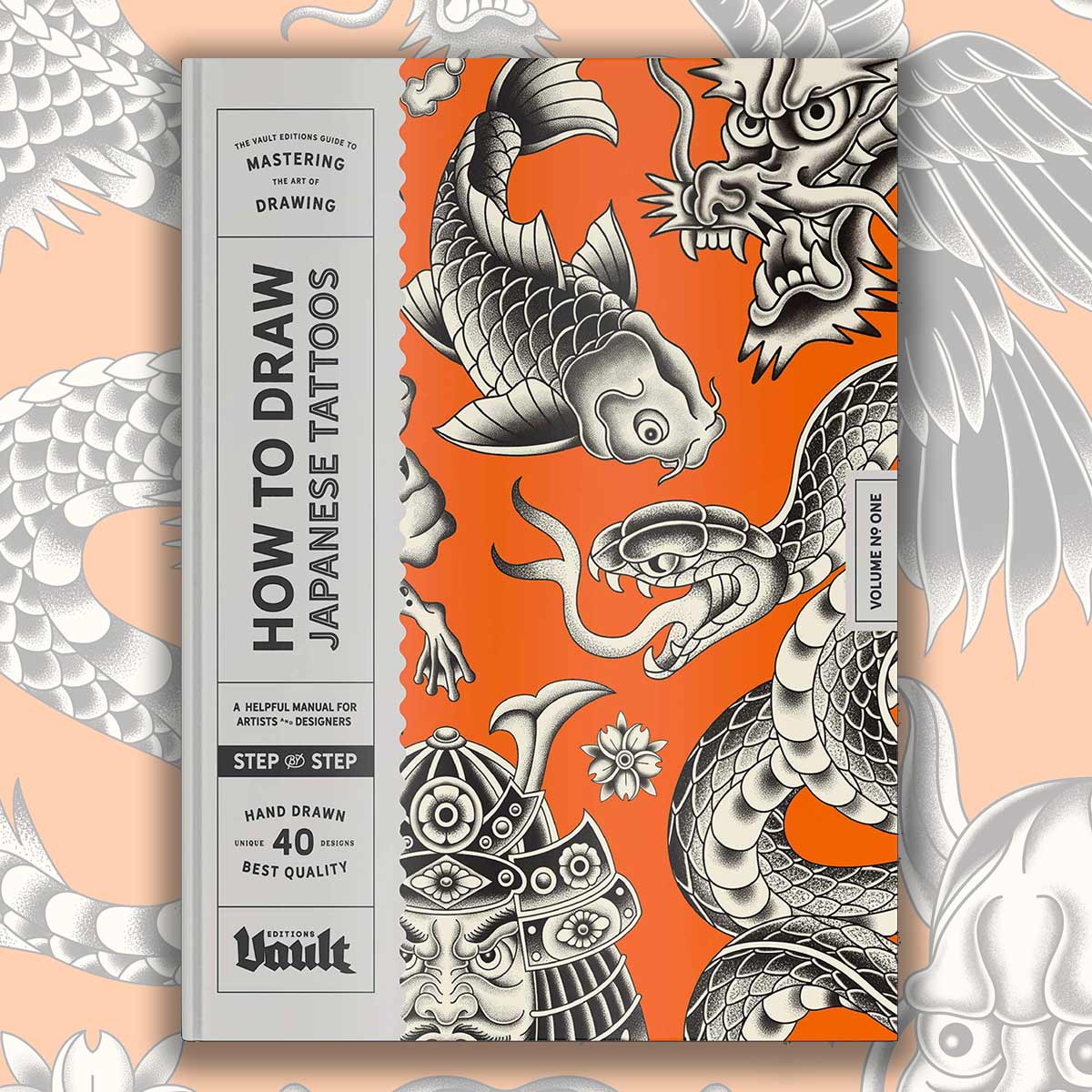
Gift Guide
Best Gifts for Tattoo Artists & Tattoo Lovers
Searching for meaningful gift ideas for the tattoo artist or tattoo lover in your life? This guide brings together the best books and creative tools for artists who love tattoo history, flash design, lettering, and illustration. Each recommendation offers long-lasting inspiration and practical value, making it ideal for birthdays, Christmas, and special occasions.
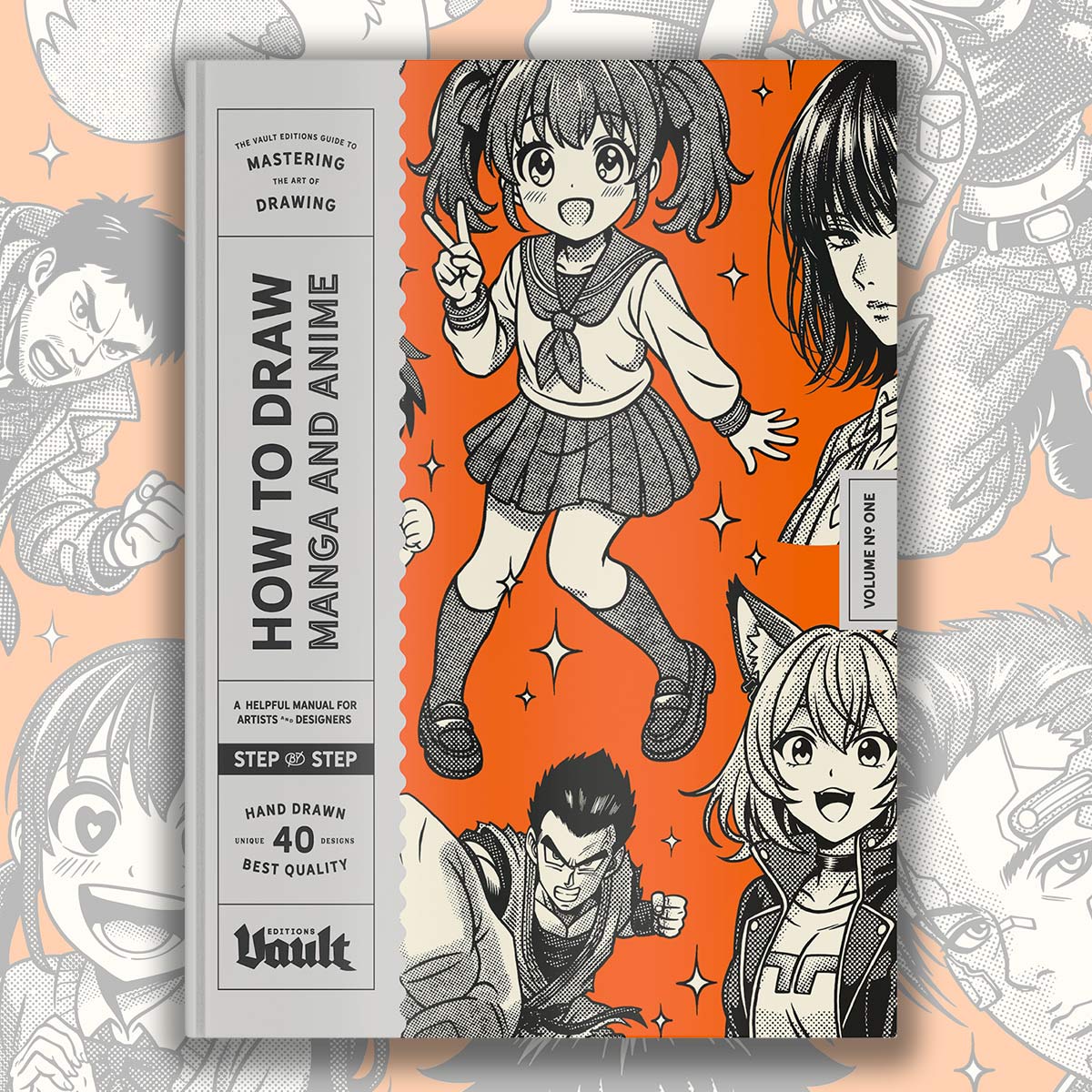
Design
The How to Draw Manga and Anime for Beginners Book
Discover the ultimate beginner friendly guide to drawing manga and anime. Learn a clear 12 step method, master proportions and anatomy, and create expressive characters with confidence. This book gives you everything you need to start drawing today.
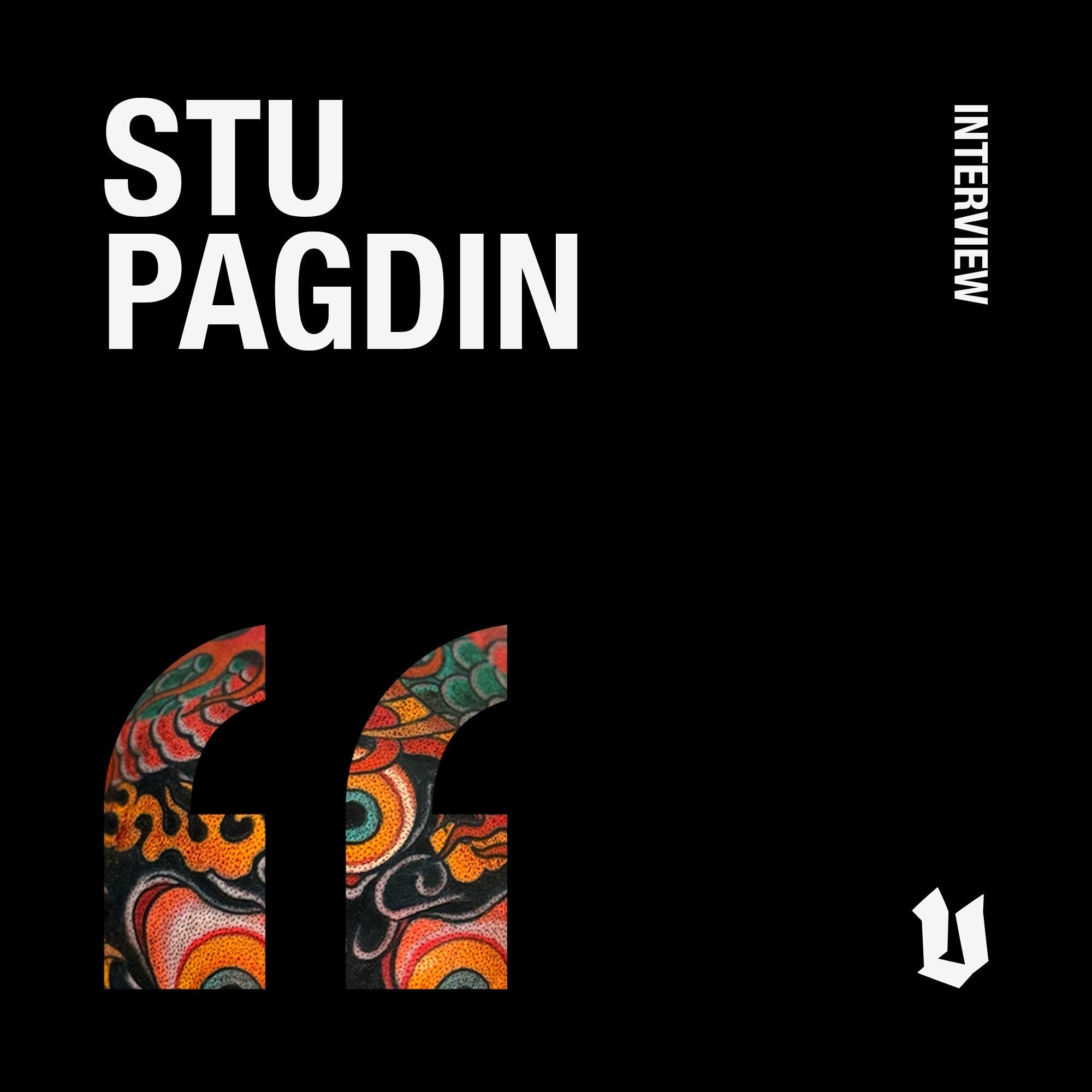
Artist Interview
Stu Pagdin x Vault Editions Artist Interview
Stu Pagdin is a tattoo artist working from his studio, Meiji Tattoo, in Adelaide, Australia. With over 19 years of experience, he’s built a reputation for his Japanese tattooing. Alongside his tattoo practice, Stu explores a range of creative projects while travelling throughout Australia and internationally for guest spots and tattoo expos. Vault Editions caught up with Stu to learn more about his creative practice, which spans tattooing, skateboard graphics, art toys, and much more.

Artist Interview
Kozik x Vault Editions: Artist Interview
Kozik has been tattooing for over twenty years, and in that time, he has developed an impressive reputation and portfolio. His work merges botanical and animal imagery with dramatic macabre themes, creating unique and compelling tattoos that are intricate, dark, and beautifully considered. Today, he runs his private studio, Sanctum Studio, in Melbourne, Australia. Vault Editions caught up with Kozik to find out more about his career in tattooing and his creative process.
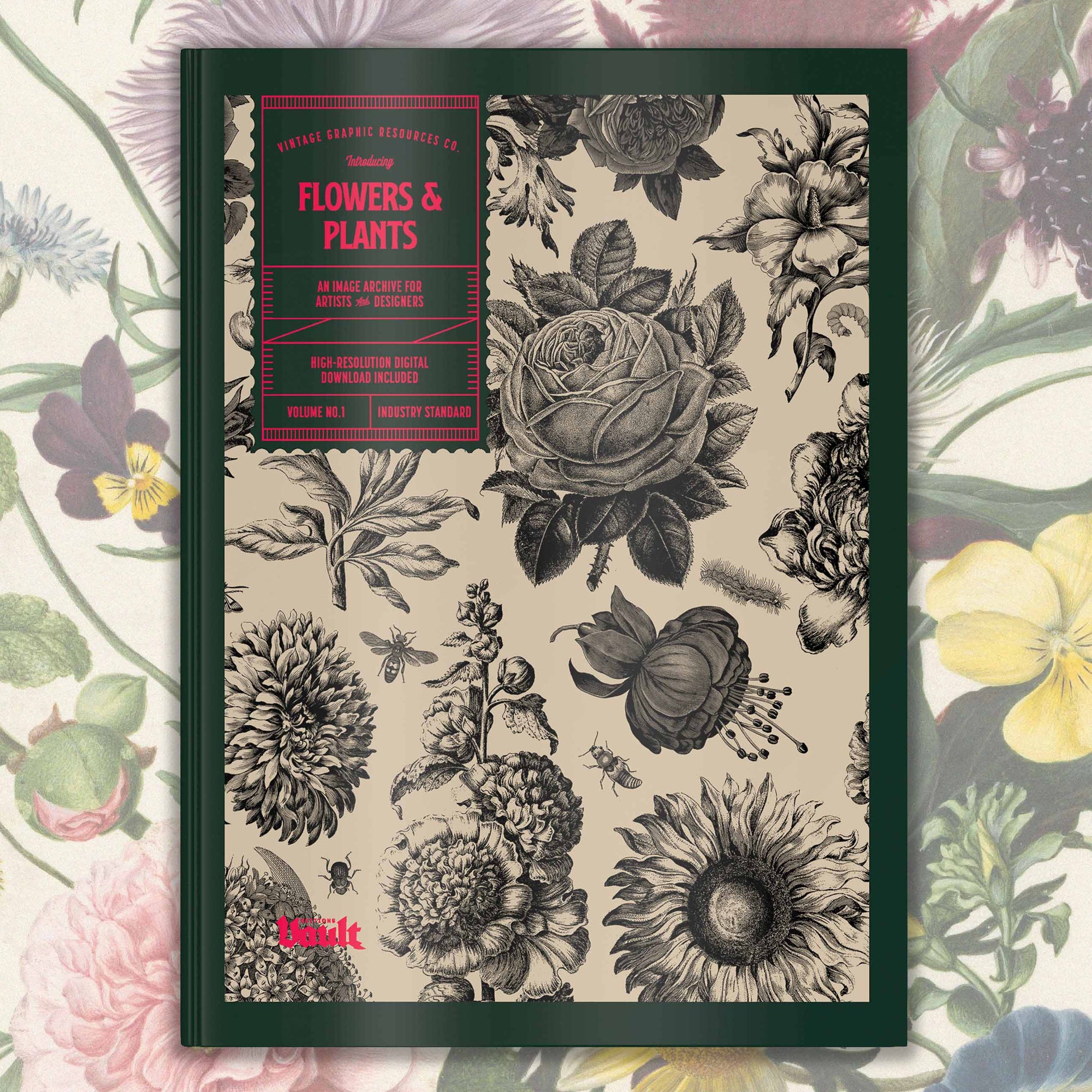
Gift Guide
Inspiring Gifts for Artists Who Love Flowers, Animals and Nature
Discover creative Christmas gifts for artists and designers. Explore Vault Editions’ image archives and drawing books inspired by nature and art. Looking for the perfect Christmas gift for the creative person in your life? Explore Vault Editions’ collection of image archives and How to Draw books. They are inspiring resources for artists, designers, and makers who love nature, animals, and botanicals.

Gift Guide
The Best Books to Gift for People Who Love to Sketch, Draw and Doodle
Discover the best drawing books to gift creative people. The Vault Editions How to Draw series helps artists of all levels learn new skills through step-by-step guides, digital tools, and inspiring designs. Perfect for anyone who loves to sketch, draw, and doodle.

Artist Interview
Eduardo Recife x Vault Editions: Artist Interview
Eduardo Recife is a Brazilian artist, illustrator, and typographer whose work blurs the boundaries between analog and digital, memory and imagination. Known for his layered collages filled with vintage imagery, handwritten text, and fragments of type, Recife creates visual worlds that feel at once nostalgic and deeply personal. His multidisciplinary practice extends to typography and digital tools, with over 25 typefaces and a series of Photoshop resources that have influenced artists and designers worldwide. In this conversation, we discuss his creative process, his relationship with texture and typography, and the rich visual language he has created.
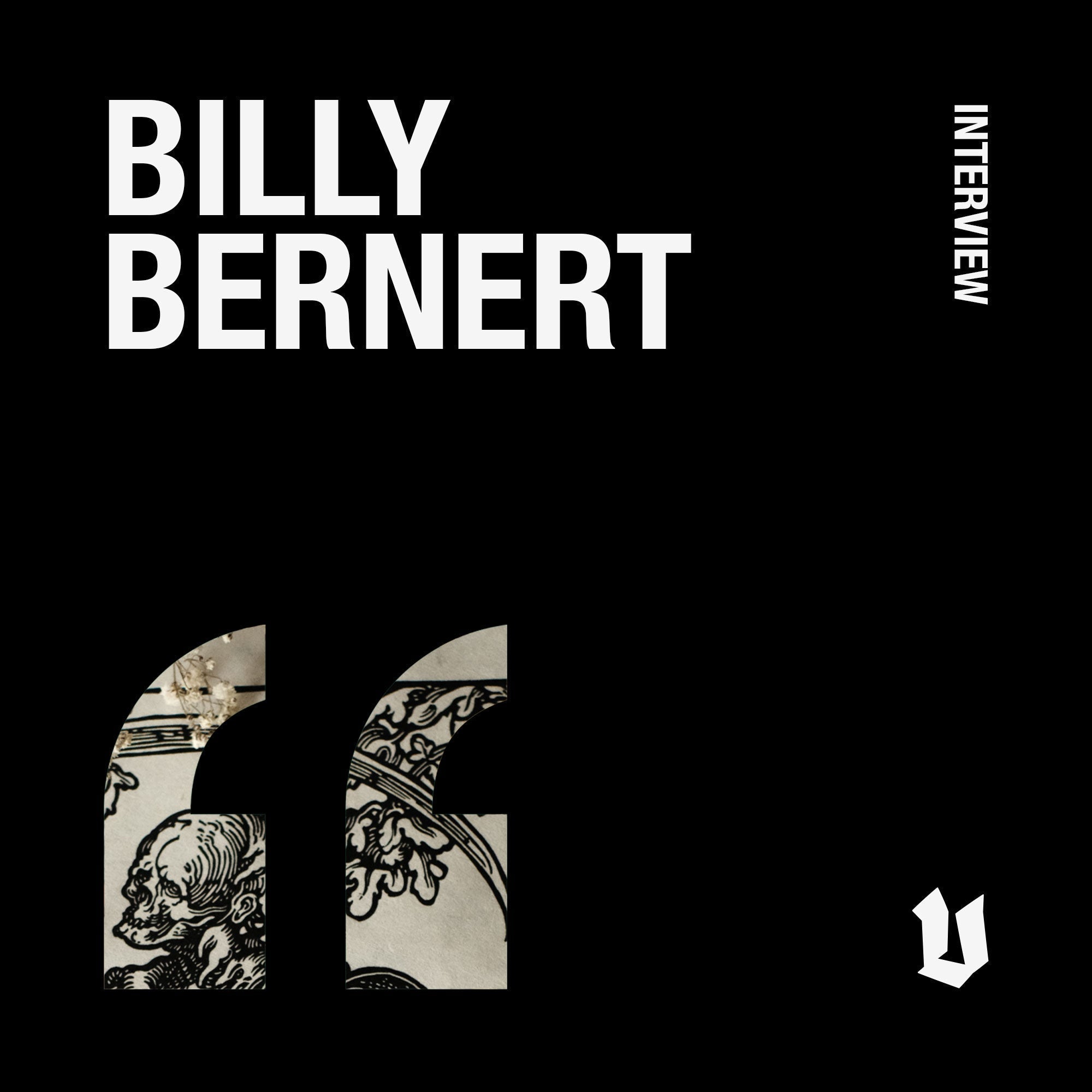
Artist Interview
Billy Bernert x Vault Editions: Artist Interview
Tattoo artist, illustrator, and printmaker Billy Bernert is known for his blackwork and engraving-inspired tattoos. His practice channels the aesthetics of old woodcuts and copper engravings, drawing on the legacy of Albrecht Dürer and his contemporaries from the 15th century. Working from his studio, Sulphur Tattoo, in the German countryside, Billy captures and reimagines the visual power of the Old Masters while weaving in modern influences. His practice spans disciplines, from bold, one-off tattoo designs to illustrations and woodcuts he carves and prints himself, all rooted in the tradition and texture of historical printmaking.
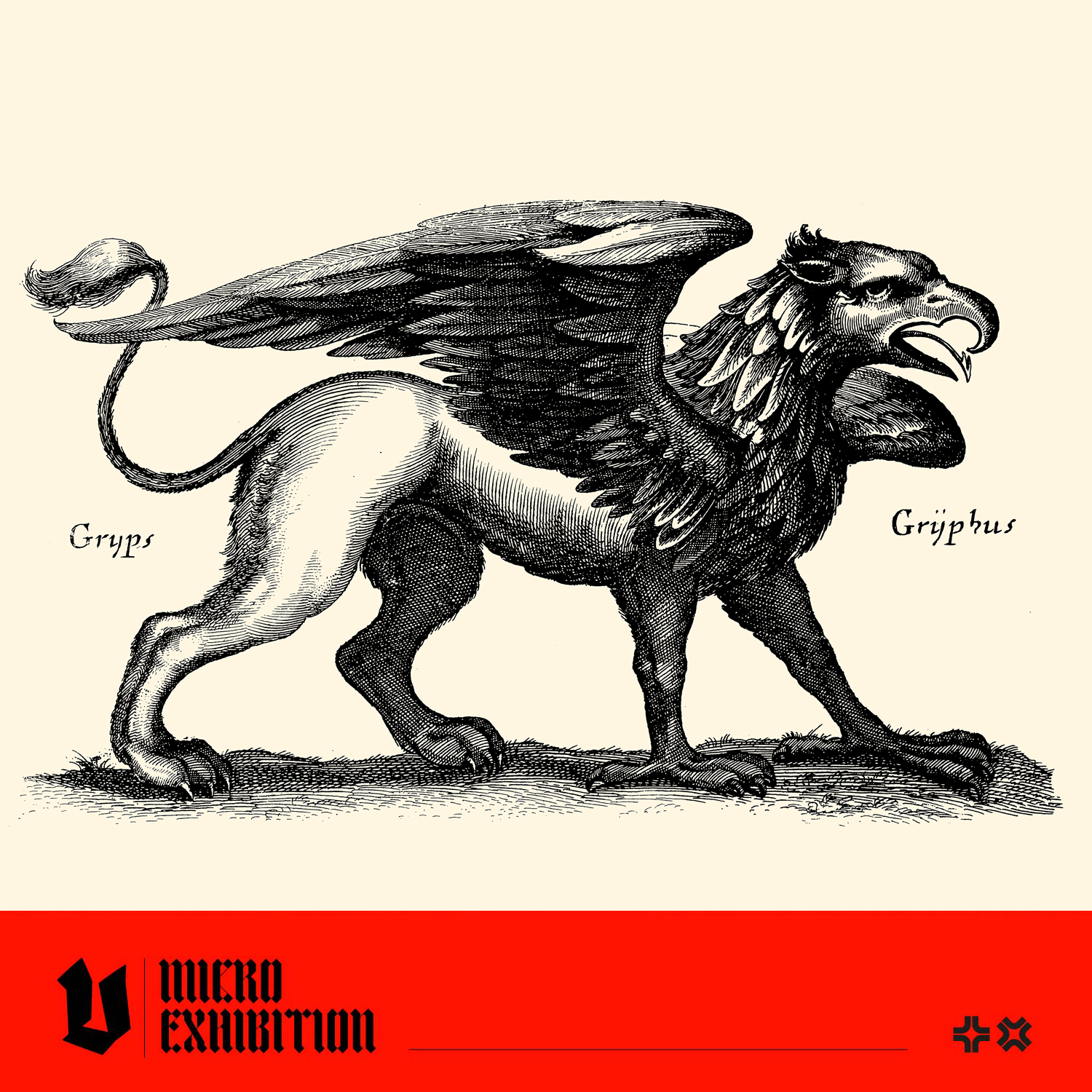
Art Education
The Vault Editions Bestiary: Discover the Meaning and Symbolism of 50 Mythical Creatures
Bestiaries have been used to record and interpret the natural and imagined world for over a thousand years. In medieval Europe, they combined artistry with moral lessons, turning animals into symbols of human behaviour. The Vault Editions Bestiary continues that tradition for a new generation of creatives. This collection brings together fifty creatures drawn from mythology, legend, and medieval art. Each entry connects historical sources with contemporary artistic insight to inspire new drawing, storytelling, and design ideas.
